In the first half of December 2022, I spent most of my time in Okinawa Prefecture. We stayed on Ishigaki Island for 10 nights before moving to the main island of Okinawa, where we stayed in Naha City for 5 nights.
During check-in at the hotel in Ishigaki Island, the staff at the front desk asked me, "Are you here for work?" I've heard that more and more people are inclined towards long-distance travel, but even so, 10 days might not seem like a typical vacation.
About a year and a half ago, when I stayed consecutively for around 10 nights at a hotel in Tokyo, someone asked me if I was undergoing self-isolation (due to the COVID-19 pandemic).
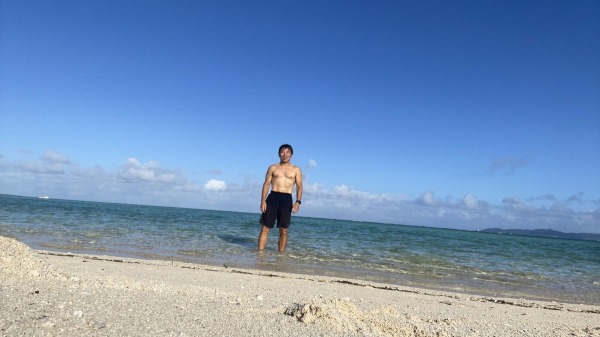
During my time in Okinawa, my response is "half play, half work." I follow a routine of working in the morning, enjoying outdoor activities during the day, and having lively evenings.
Work occupies around 20% to 30% of my day, rather than being an equal split. This lifestyle resembles what it's like back home in the United States.
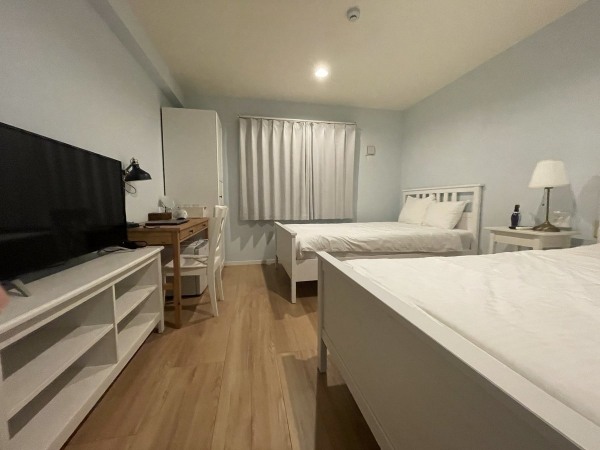
For me, as long as there's internet and a desk, I can work anywhere. That's the power of a remote writer. Currently, the trend of combining work and "workation" is gaining popularity, as it allows for work from anywhere.
I chose Okinawa as my workspace for a reason. If I simply wanted a warm winter getaway, Hawaii would be closer for me.
"Hawaii" and "Okinawa" Share Many Similarities
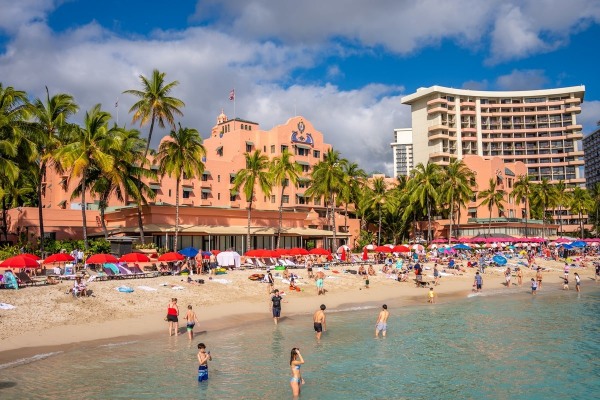
In the movie "The Karate Kid Part II" in 1986, the protagonist, Daniel, and Mr. Miyagi, like me, travel from Los Angeles to Okinawa. Mr. Miyagi, a Japanese-American, is originally from Okinawa, but most of the outdoor scenes were actually filmed in Oahu, Hawaii. I'm not the only one who thinks that the landscapes of Hawaii and Okinawa are similar.
The flight time from Los Angeles to Honolulu is approximately 6 hours. This time, flying from Narita Airport to Ishigaki Island takes about 4 hours. Although there are some differences, the similarity is that you can reach a tropical island as soon as you get off the plane.
According to the 2010 Hawaii State Census, the number of Japanese descendants living in Hawaii is about 185,000, equivalent to 13.6% of the total population. It is said that about 50,000 of them have roots in Okinawa. Immigration from Okinawa to Hawaii began in the late 19th century. It's not hard to imagine that the cultures of Hawaii and Okinawa have influenced and blended with each other over their long histories.
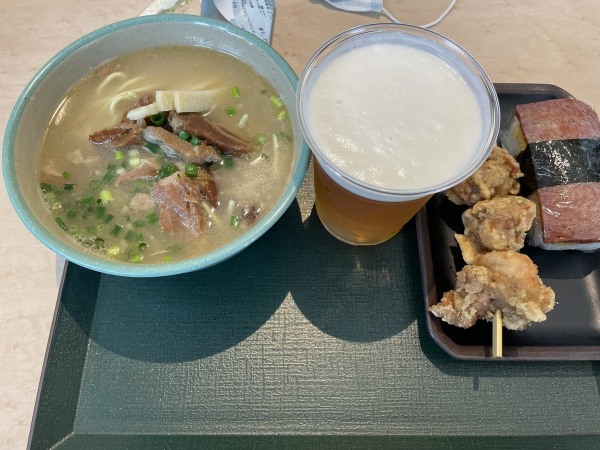
When you visit Hawaii, you may encounter things from "Okinawa," and when you visit Okinawa, you may encounter things from "Hawaii."
For example, the popular "Spam Musubi" in Hawaii is sold in Okinawa under the name "Pork Tamago Musubi." Conversely, "Taco Rice," born in Okinawa, has made its way to Hawaii.
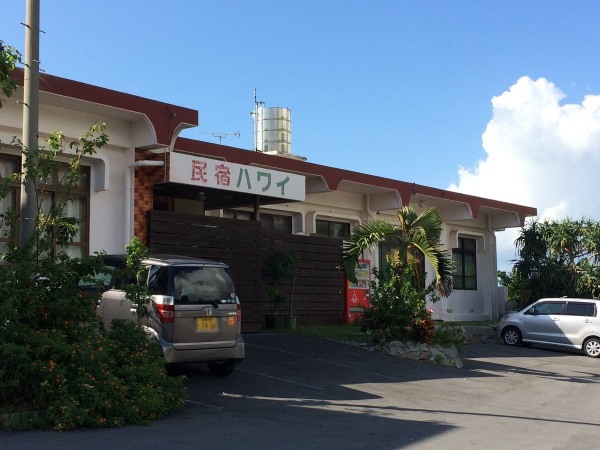
Most importantly, both Hawaii and Okinawa are islands surrounded by beautiful oceans. It makes no sense to compare which is more beautiful. For me, both are like paradise.
The Difference in "Accommodation Costs" Between Hawaii and Okinawa is Significant
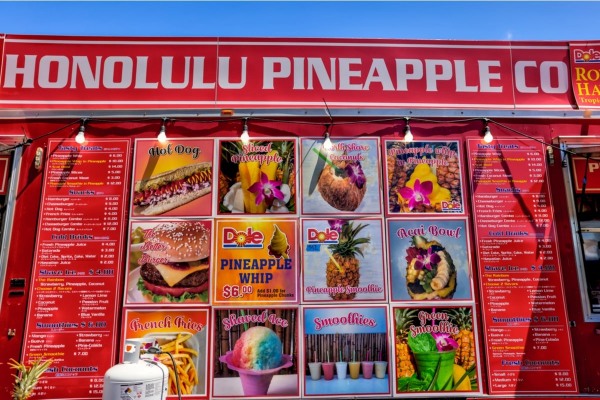
Flight prices vary greatly depending on the airline and season, making it challenging to compare. However, using a low-cost carrier (LCC), the one-way cost from Narita to Ishigaki is approximately 10,000 yen, and the return trip from Naha to Narita is roughly the same.
Believe it or not, flying to Okinawa is much cheaper than taking the Shinkansen from Tokyo to Osaka. Moreover, when comparing accommodation costs upon arrival, Okinawa is much cheaper than Hawaii.
Firstly, there is a massive price difference between Japan, which has not escaped the 30 years of deflationary economic stagnation, and the United States, which has experienced historical inflation. In my experience, the travel cost difference between Hawaii and Okinawa easily exceeds 3 to 4 times.

The hotel I stayed in Okinawa costs around 7,000 yen per night for a single room. Based on the exchange rate at the end of December 2022 (130 to 135 yen per US dollar), it is roughly $50 per night.
There are various grades of hotels, but if you want to find a reasonably clean and safe hotel in Hawaii, you would have to spend at least $200 per night.
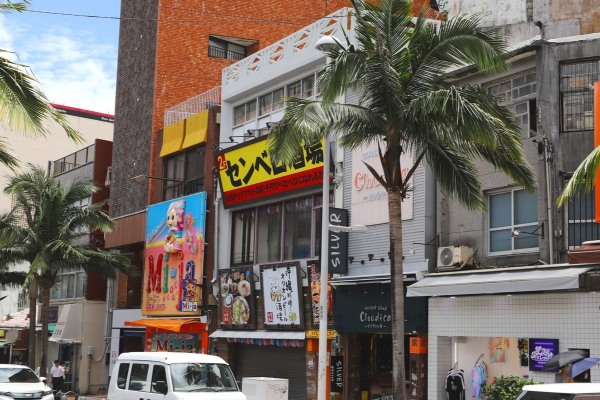
If you stay for an extended period, the cost of food will increase. In Okinawa, even at mid-priced restaurants, you can have a full meal for around 1,000 yen (unless you order beer, which I didn't include in my examples). This is roughly $7-8 in USD.
However, you must be prepared to spend at least $20 or more to enjoy similar dining in Hawaii.
Both Hawaii and Okinawa are fantastic places, and I like them both. However, if this price difference continues to exist, I think I would choose Okinawa as my next destination.
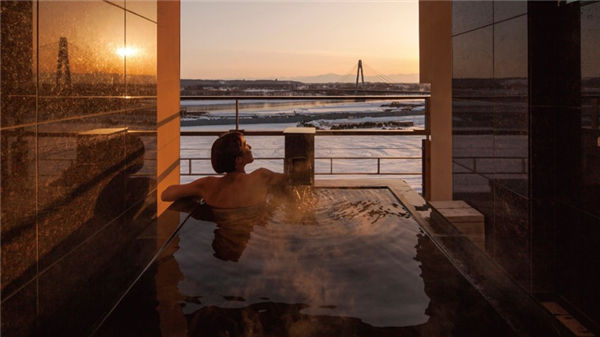
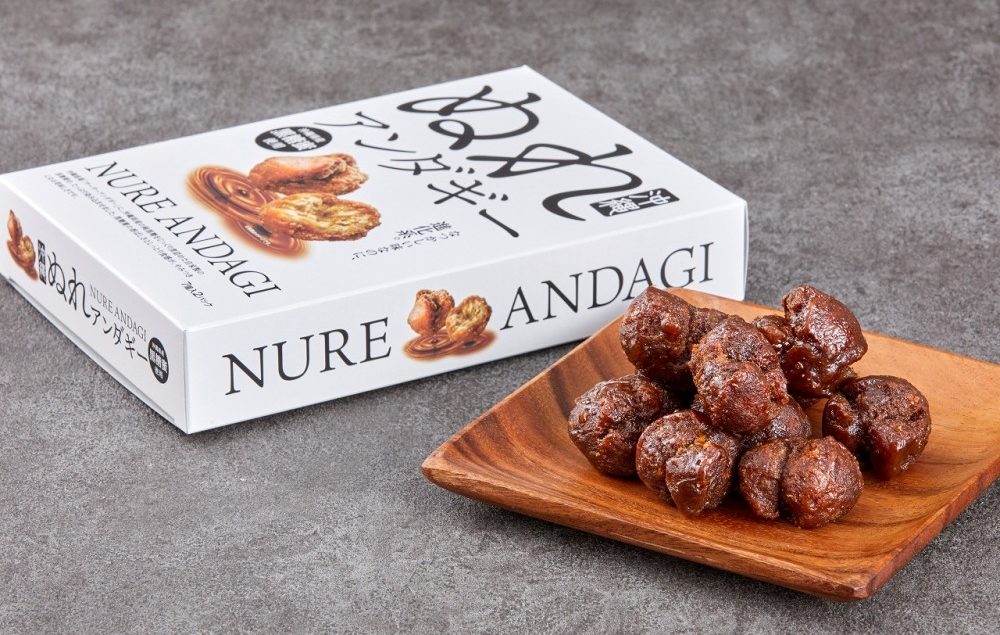
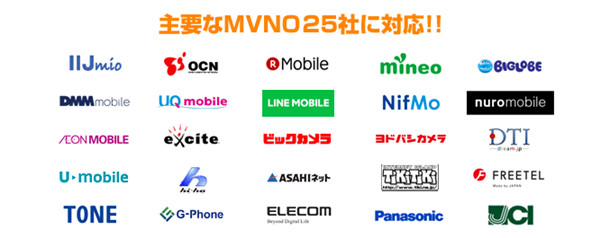
![2023 Japan Prefectures' Charm Ranking [Full List of 47 Prefectures]](https://www.japanrar.com/wp-content/uploads/2023/10/1697763467-5325251.jpg)
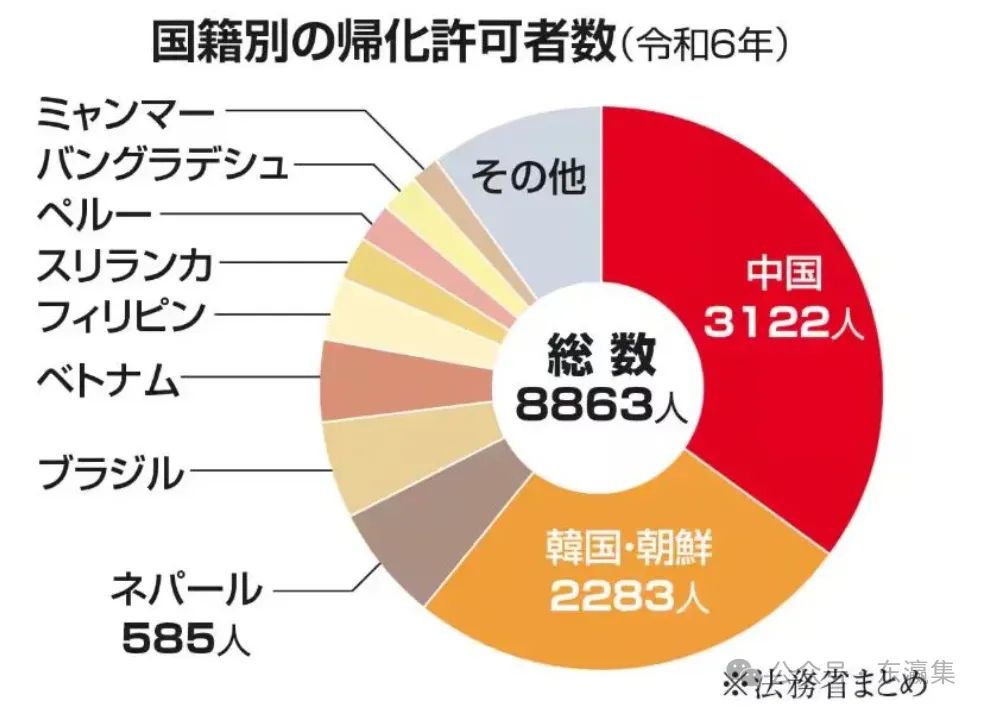
![12 Recommended Popular Dating Apps in Japan [2024]](https://www.japanrar.com/wp-content/uploads/2024/03/1709266686-2346347888.jpg)